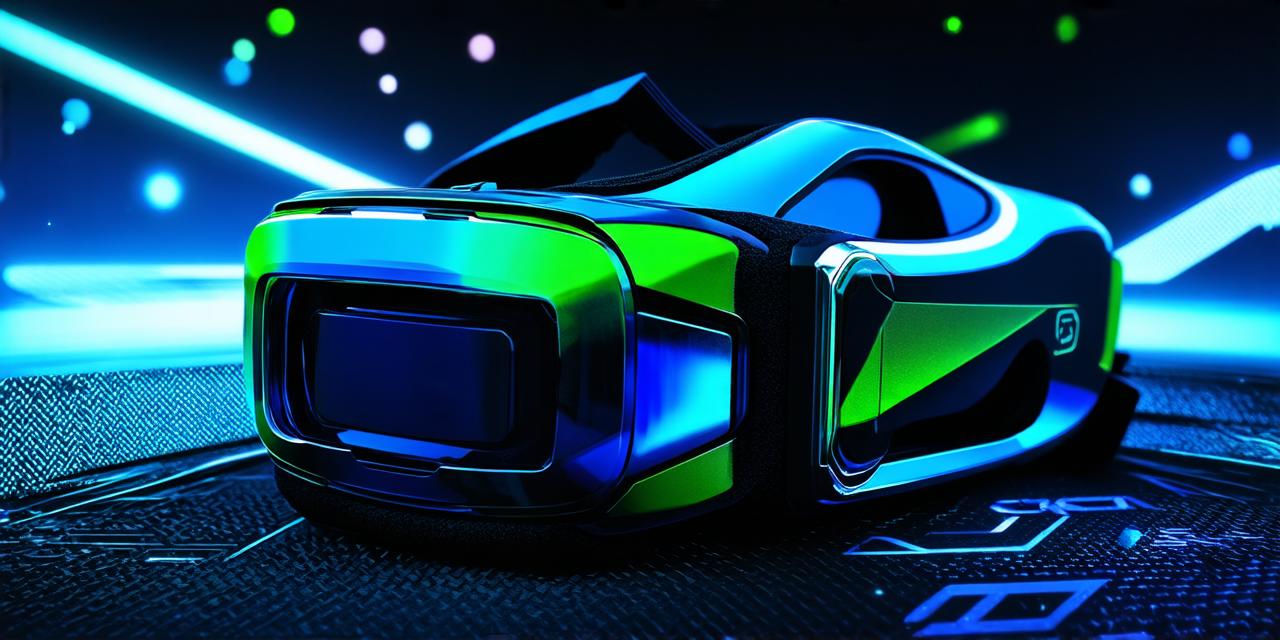Understanding Virtual Reality
Virtual reality (VR) technology has come a long way since its inception. From primitive headsets to highly immersive experiences, VR has opened up new possibilities for gaming, education, and more.
In this comprehensive guide, we’ll explore the future development of VR technology, including the latest advancements, trends, and predictions for what’s to come.
Hardware Advancements
One of the biggest challenges facing VR technology has been its high cost. Early VR headsets were expensive and bulky, making them difficult to use for long periods of time. However, recent advancements in hardware have made VR more accessible and affordable than ever before.
Oculus Quest 2
TheOculus Quest 2 is a standalone VR headset that offers high-quality graphics and a wireless design, making it easy to use at home or on the go. It also features advanced tracking technology, allowing users to move around freely without the need for wires or cables. The Quest 2 has been widely praised by critics and users alike, and is one of the most popular VR headsets on the market.
HTC Reverb G2
TheHTC Reverb G2 is a high-end VR headset that offers advanced tracking technology and high-resolution displays, creating an incredibly immersive experience for users. It also features a wireless design, making it easy to use without the need for wires or cables. The Reverb G2 has been praised by critics for its advanced features and comfortable design.
PlayStation VR 2
ThePlayStation VR 2 is Sony’s latest entry into the VR market. It offers high-quality graphics and a wireless design, making it easy to use at home or on the go. The PSVR 2 also features advanced tracking technology, allowing users to move around freely without the need for wires or cables. The PSVR 2 has been praised by critics for its advanced features and compatibility with PlayStation 5.
Software Advancements
While hardware advancements have made VR more accessible, it’s the software that truly sets VR apart from other forms of media. Advances in VR software have led to more immersive experiences and new possibilities for gaming, education, and training.
Hand Tracking
Hand tracking technology allows users to interact with virtual objects using their natural hand movements. This has led to more realistic and intuitive user interfaces in VR games and applications. TheOculus Quest 2 andHTC Reverb G2 both feature advanced hand-tracking technology, making it easy for users to interact with virtual objects without the need for controllers.
Eye Tracking
Eye-tracking technology allows users to interact with virtual objects using their gaze. This has led to more immersive experiences and new possibilities for VR applications in areas such as education and training. TheHTC Reverb G2 features advanced eye-tracking technology, allowing users to interact with virtual objects without the need for controllers.
Haptic Feedback
Haptic feedback technology allows users to feel virtual objects and environments through their sense of touch. This has led to more immersive experiences and new possibilities for VR applications in areas such as gaming and training. TheOculus Quest 2 features advanced haptic feedback technology, allowing users to feel virtual objects through gloves or other devices.
User Experience Advancements
While hardware and software advancements have made VR more accessible and immersive than ever before, it’s the user experience that truly sets VR apart from other forms of media. Advances in VR user experience have led to more intuitive and engaging user interfaces, as well as new possibilities for VR applications in areas such as education and training.
